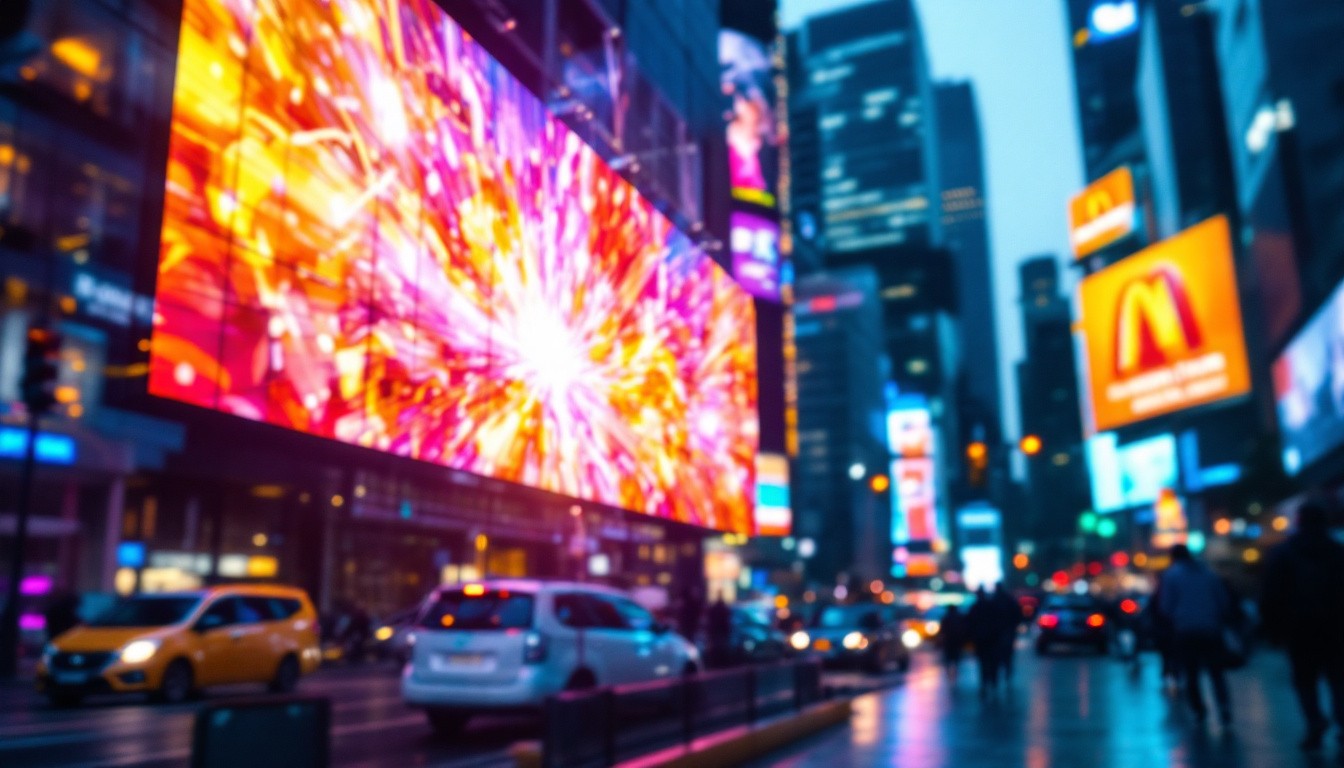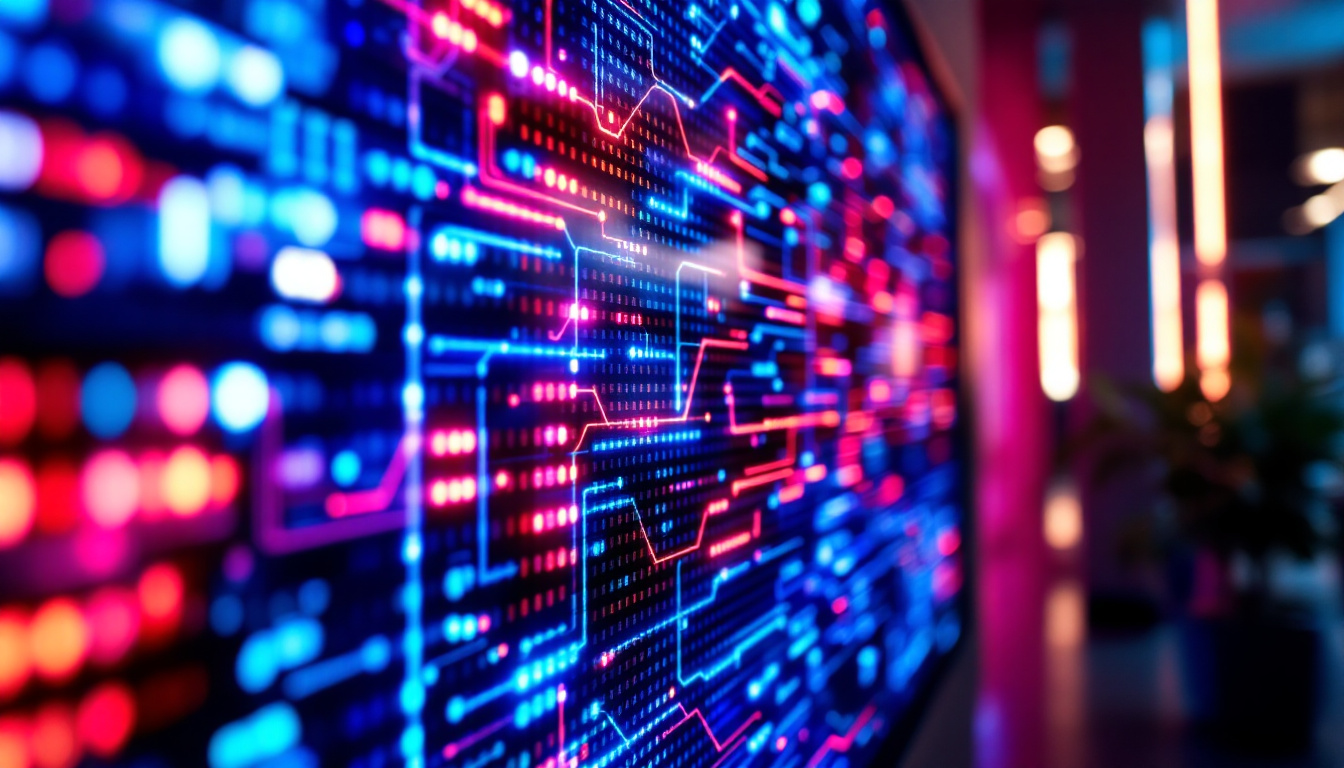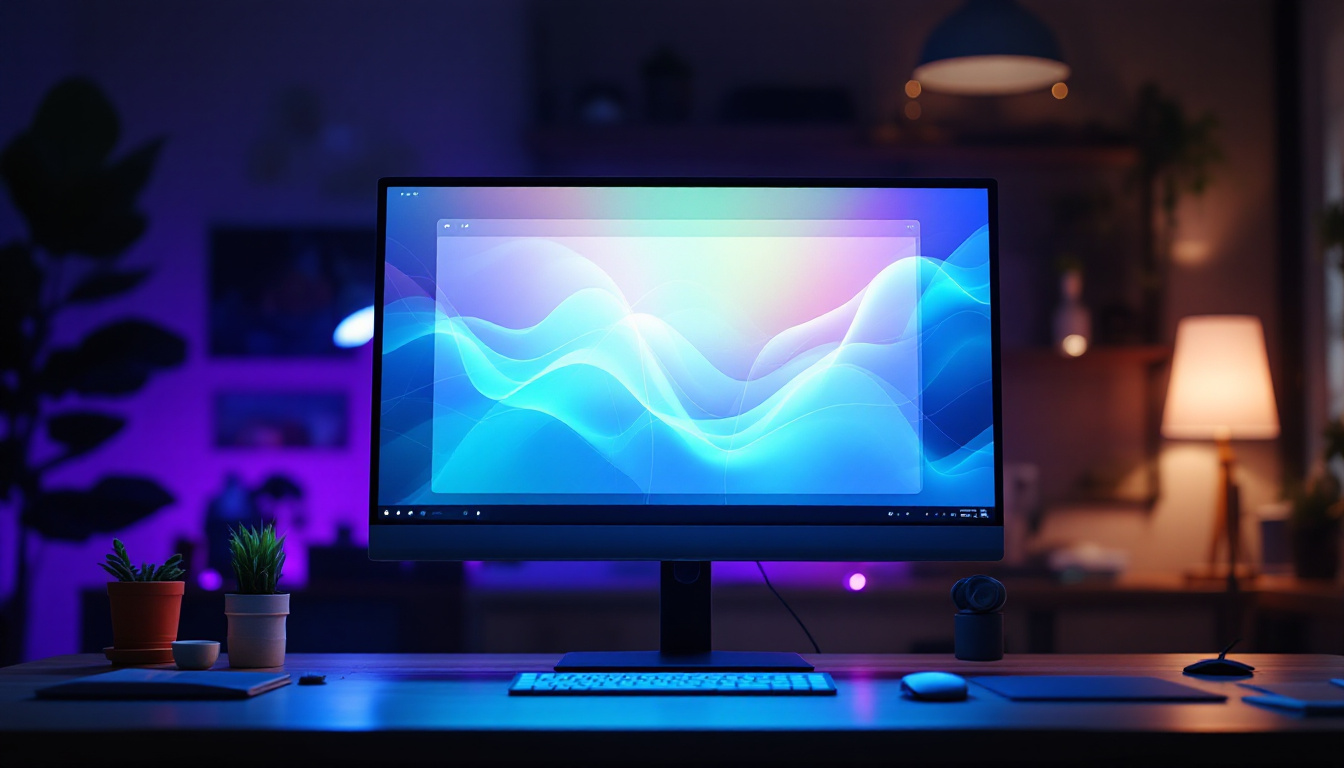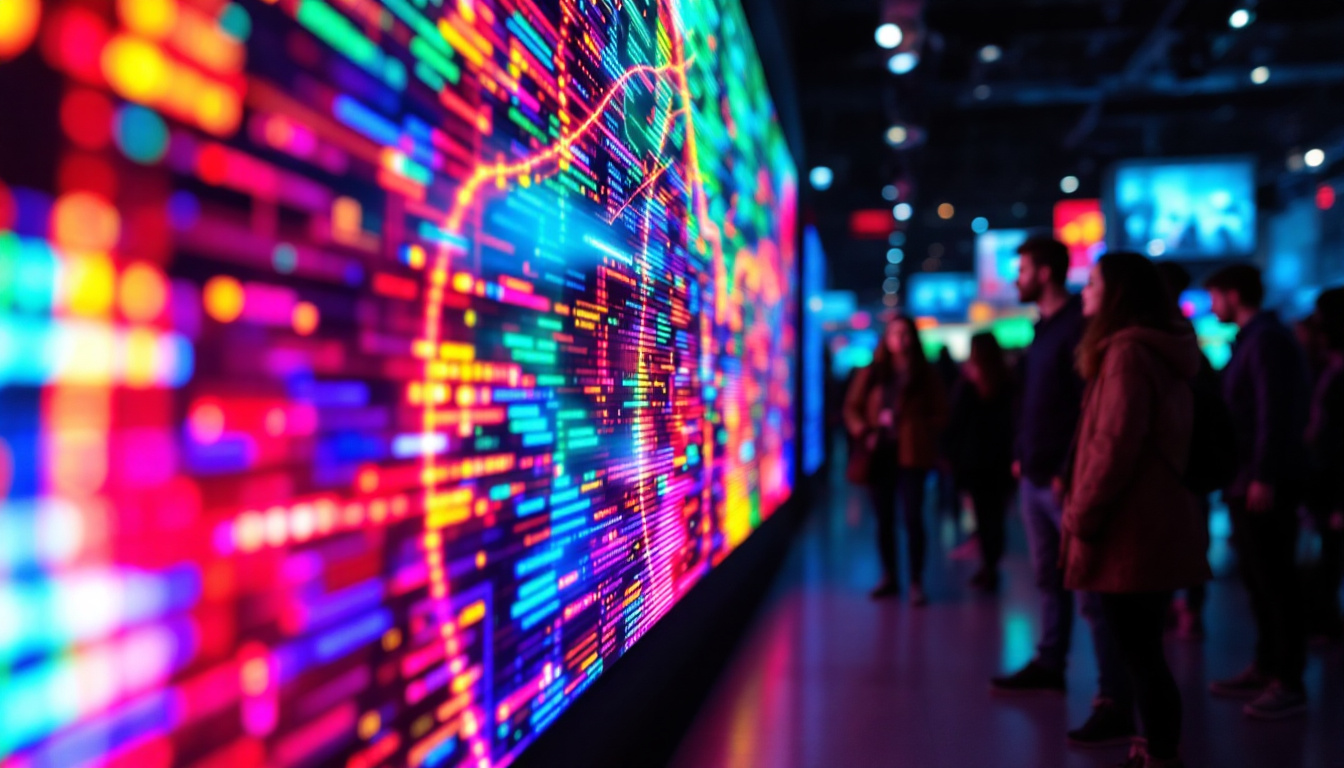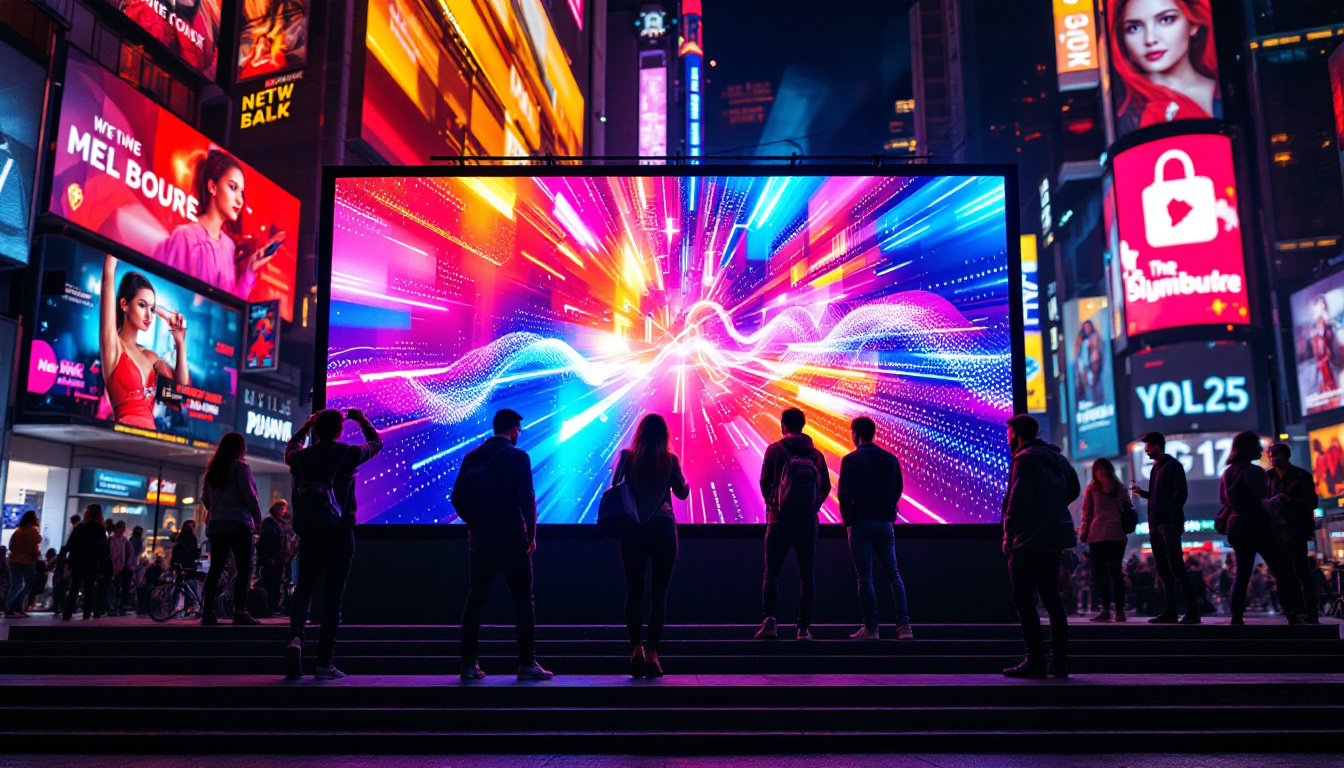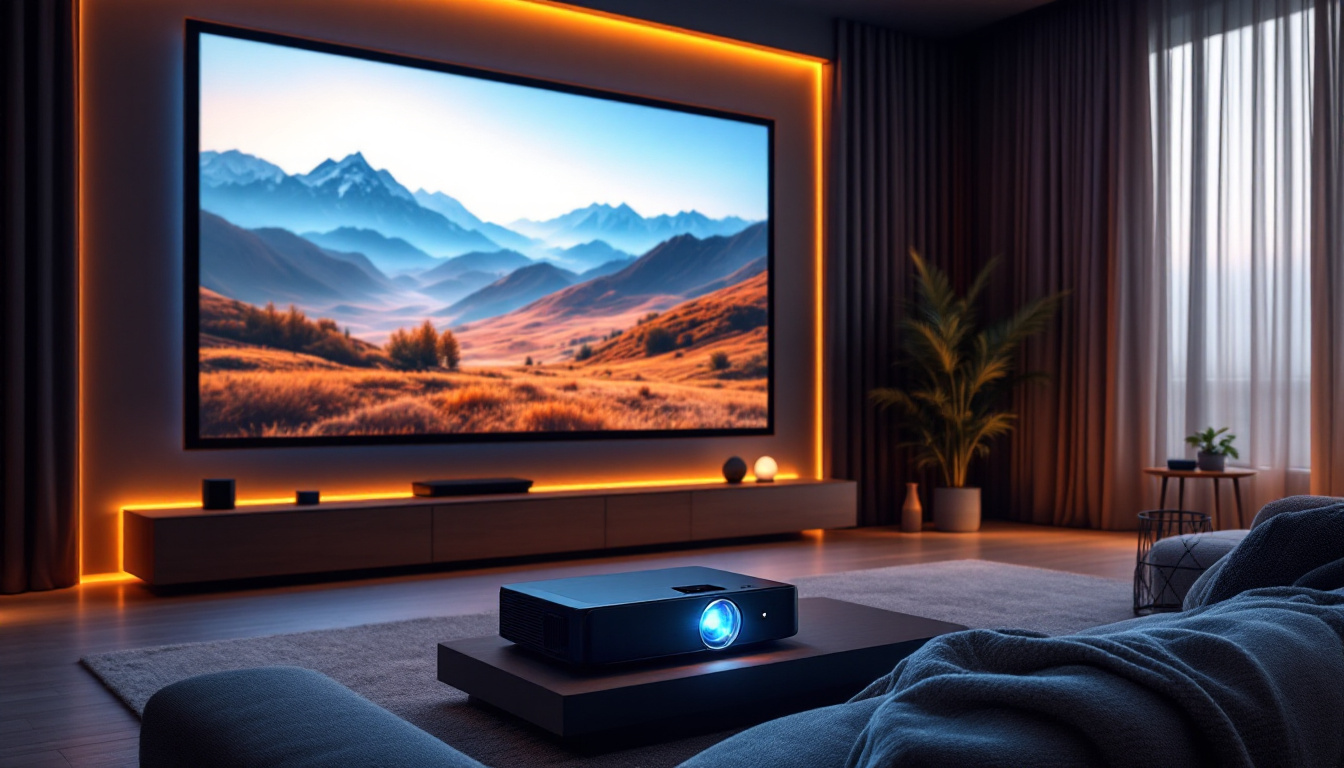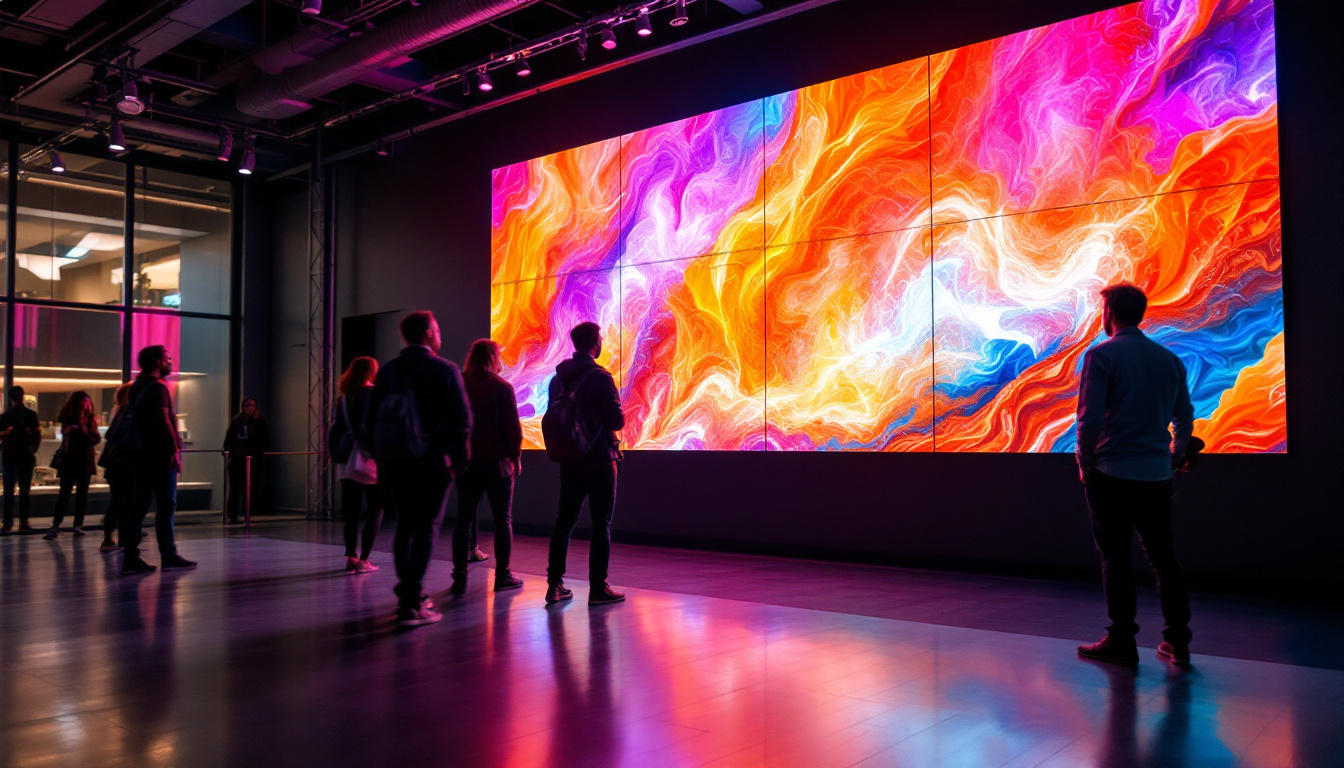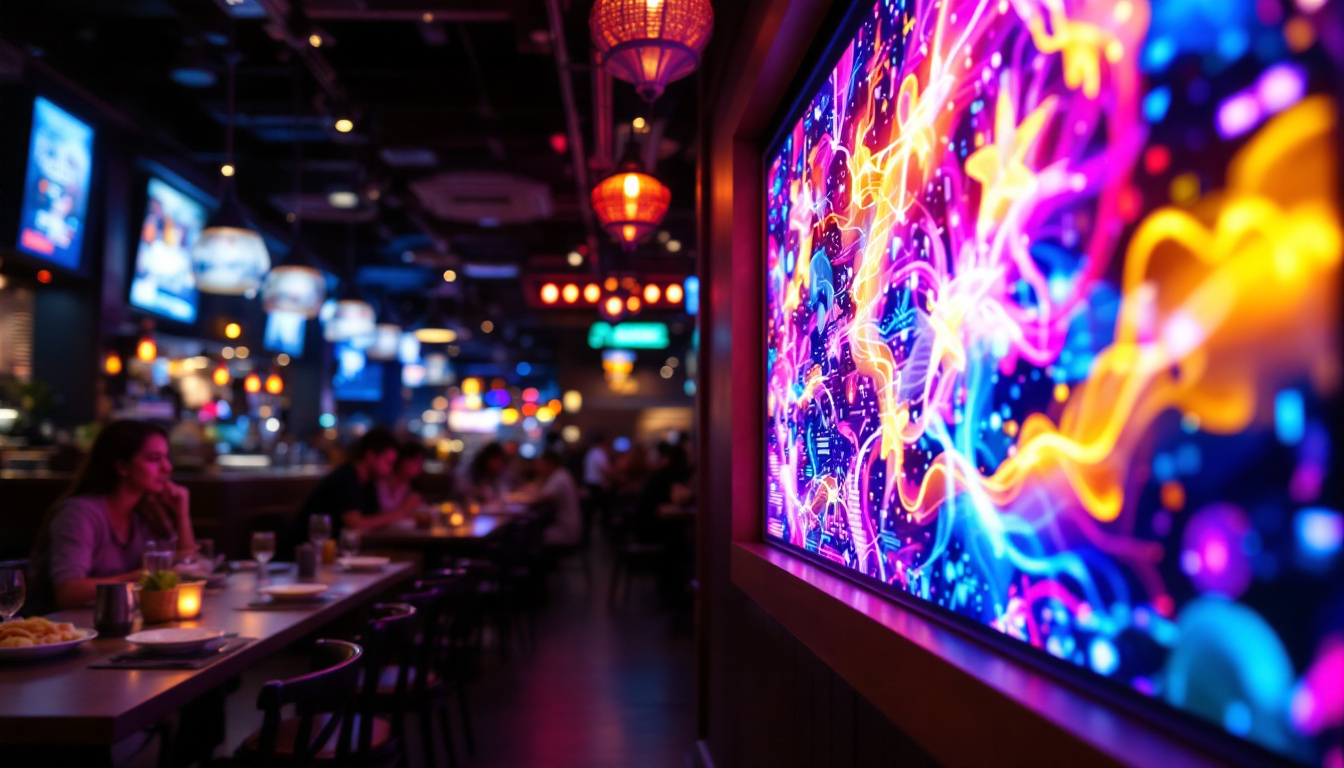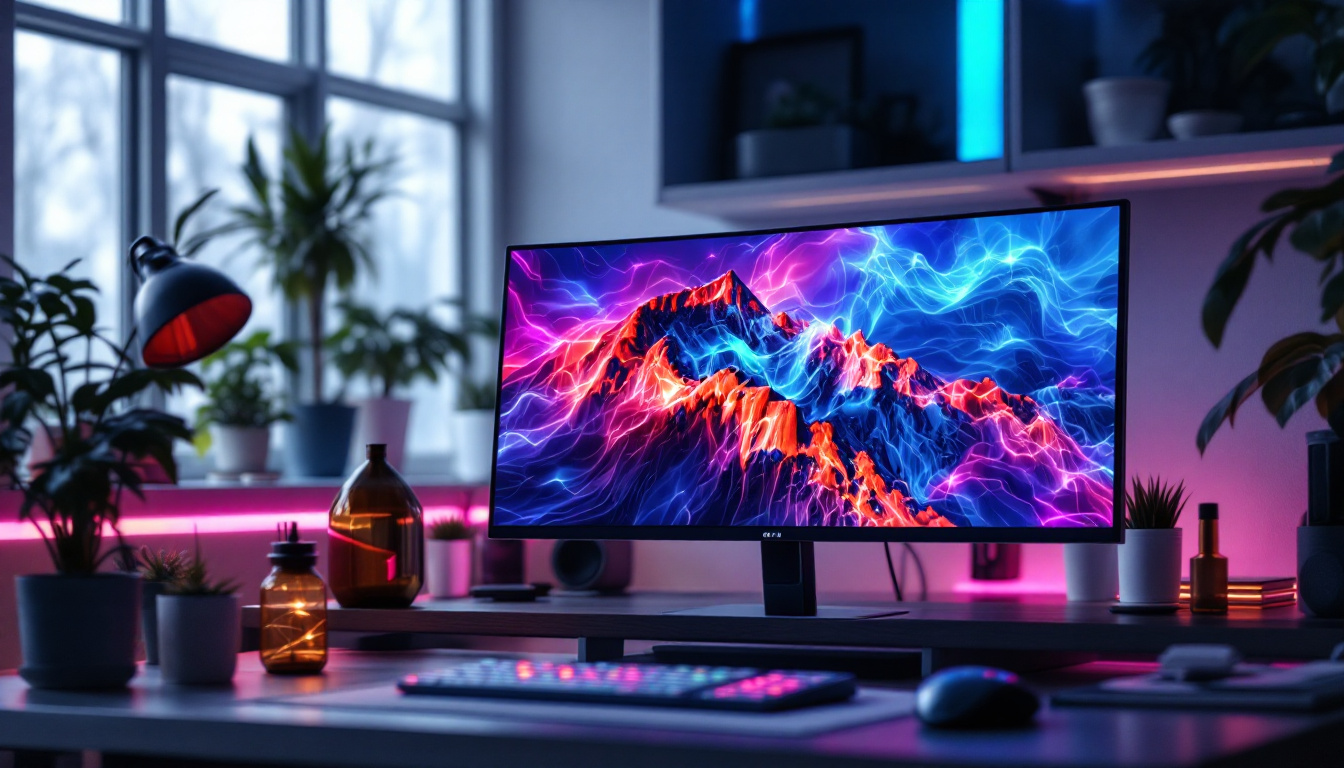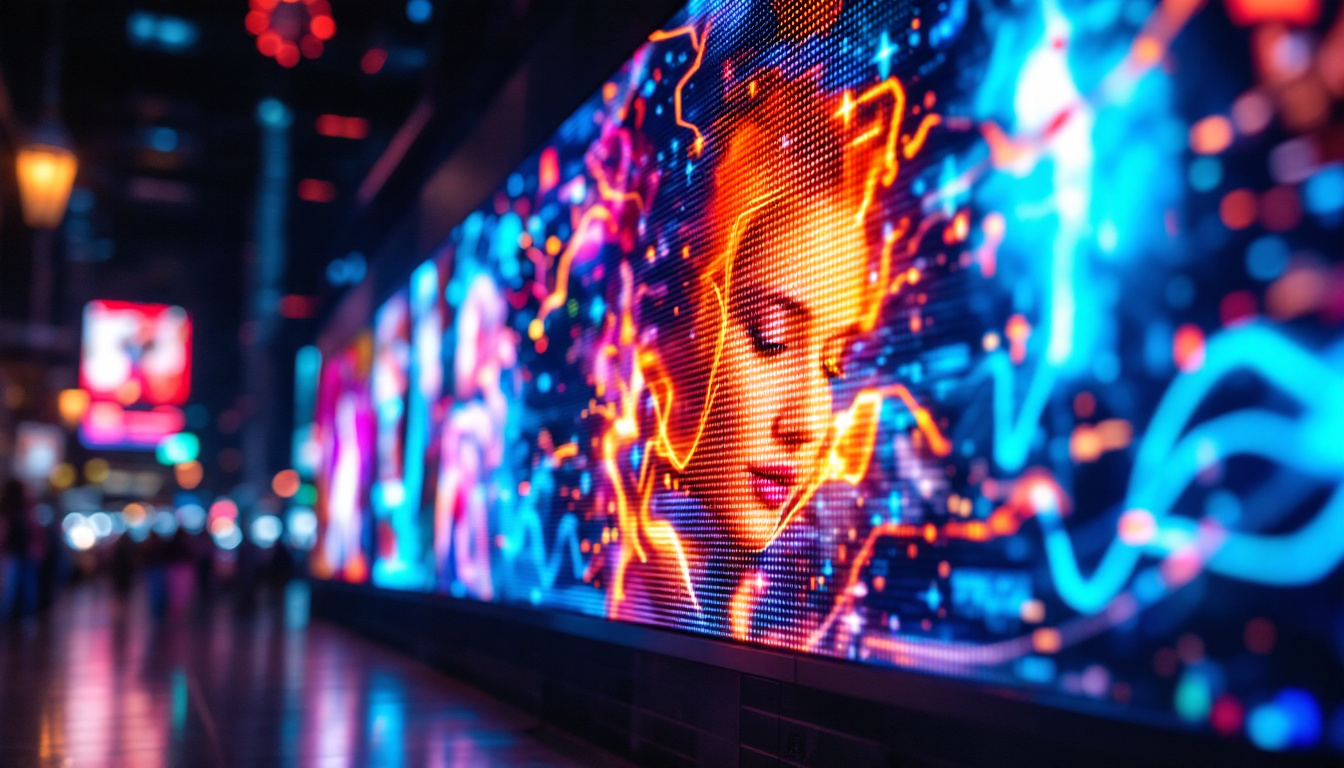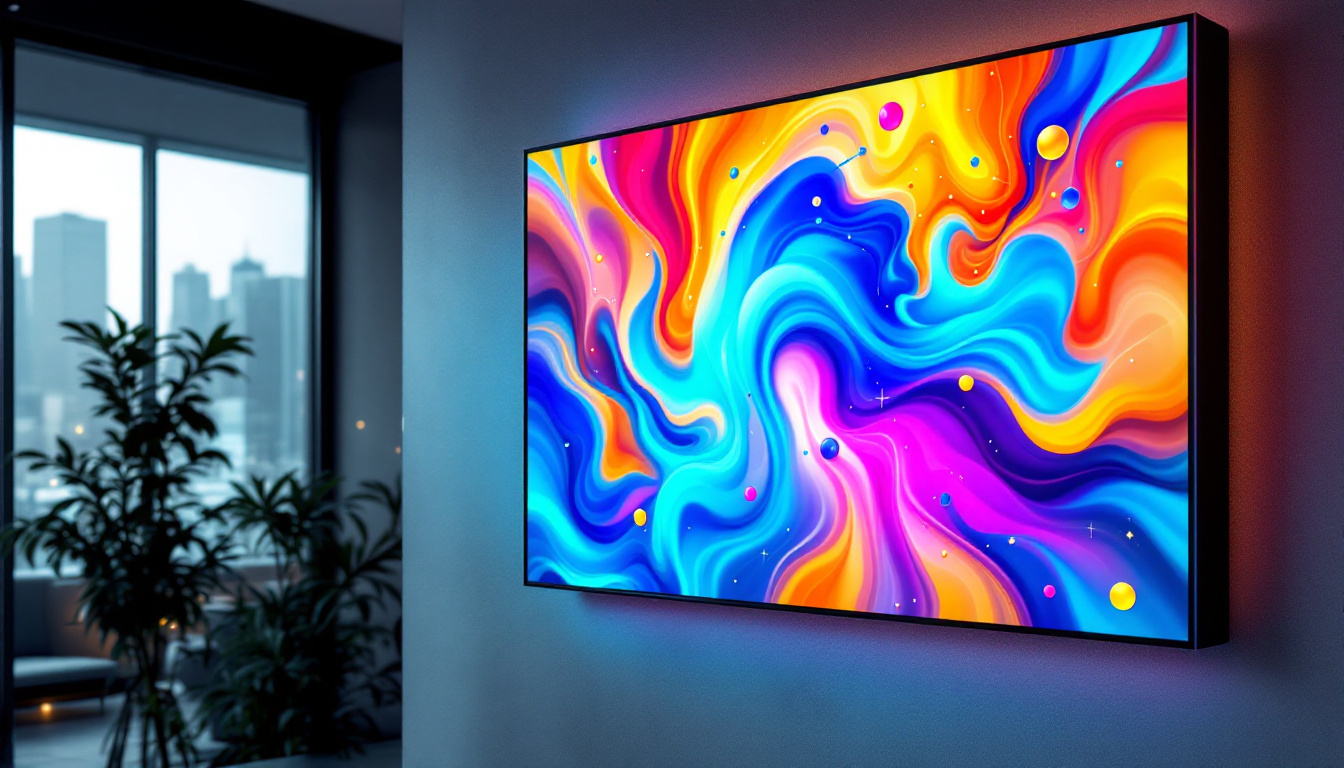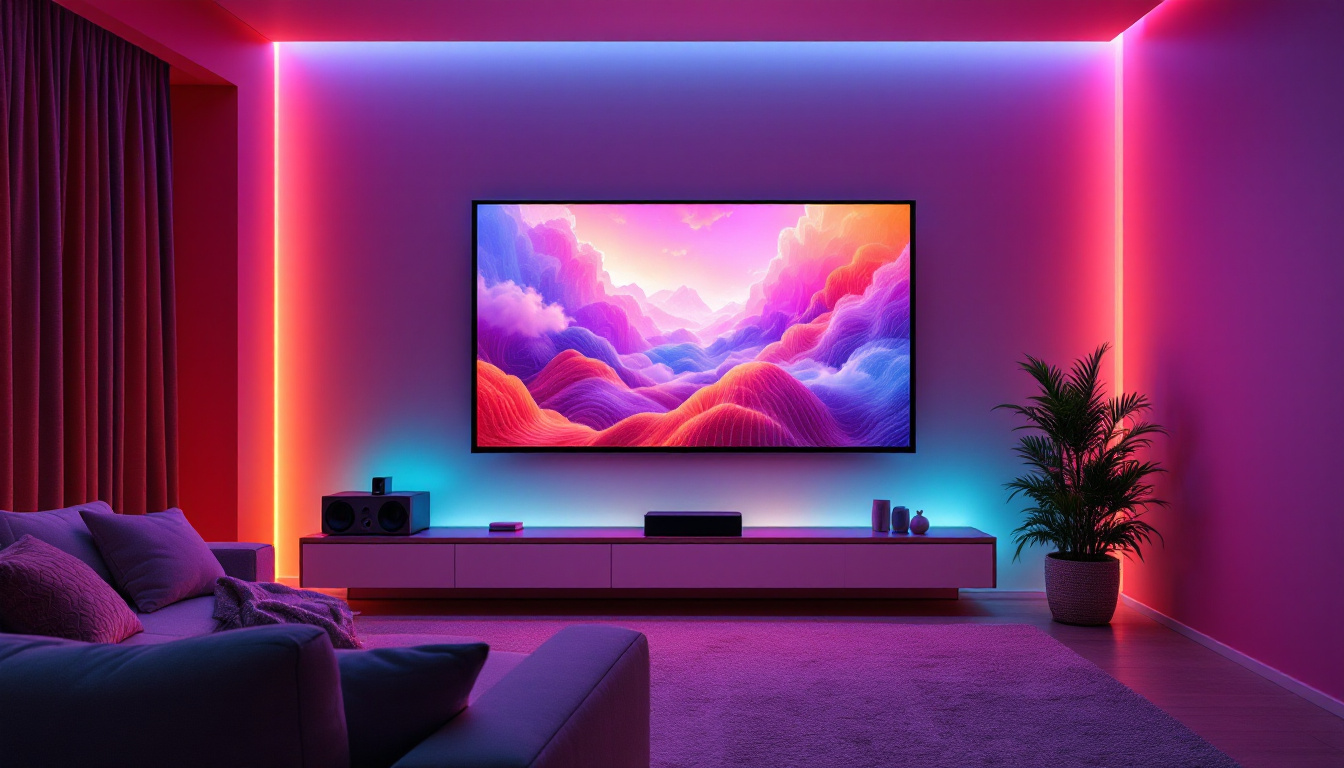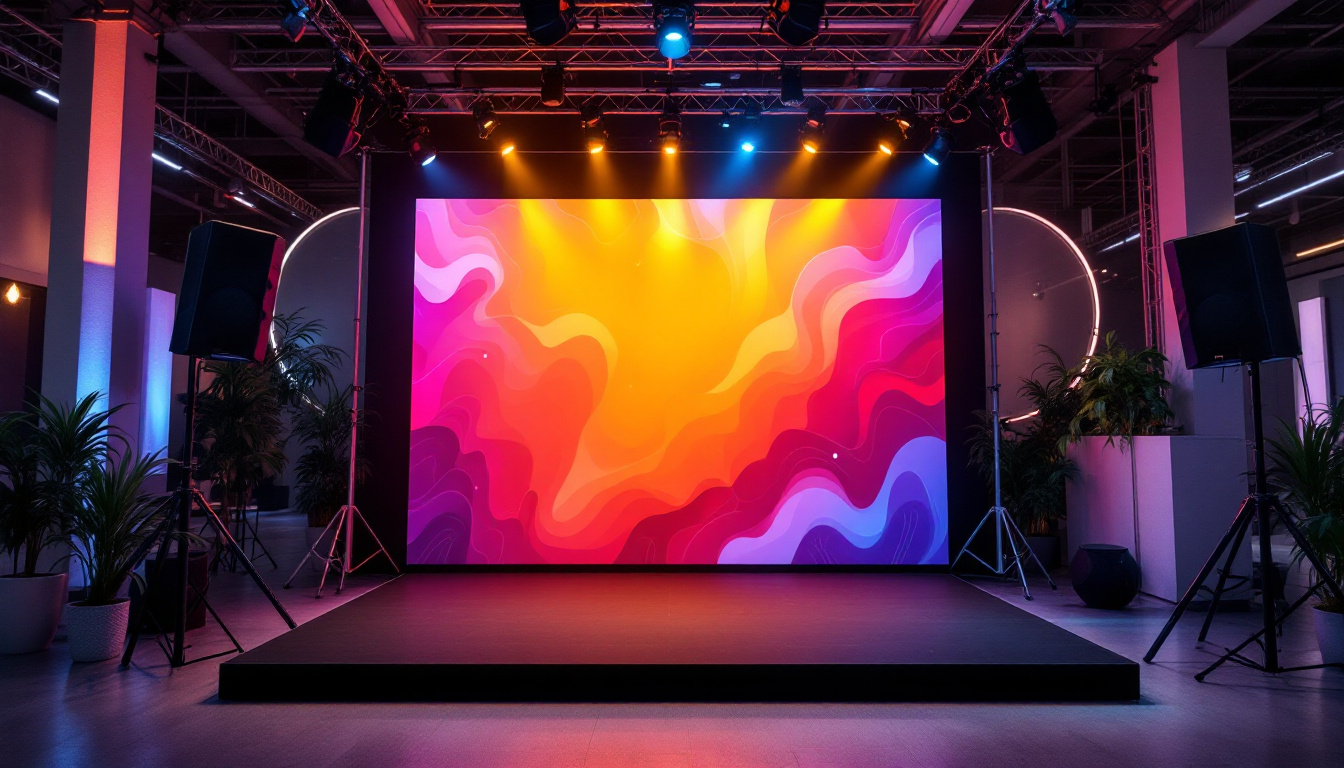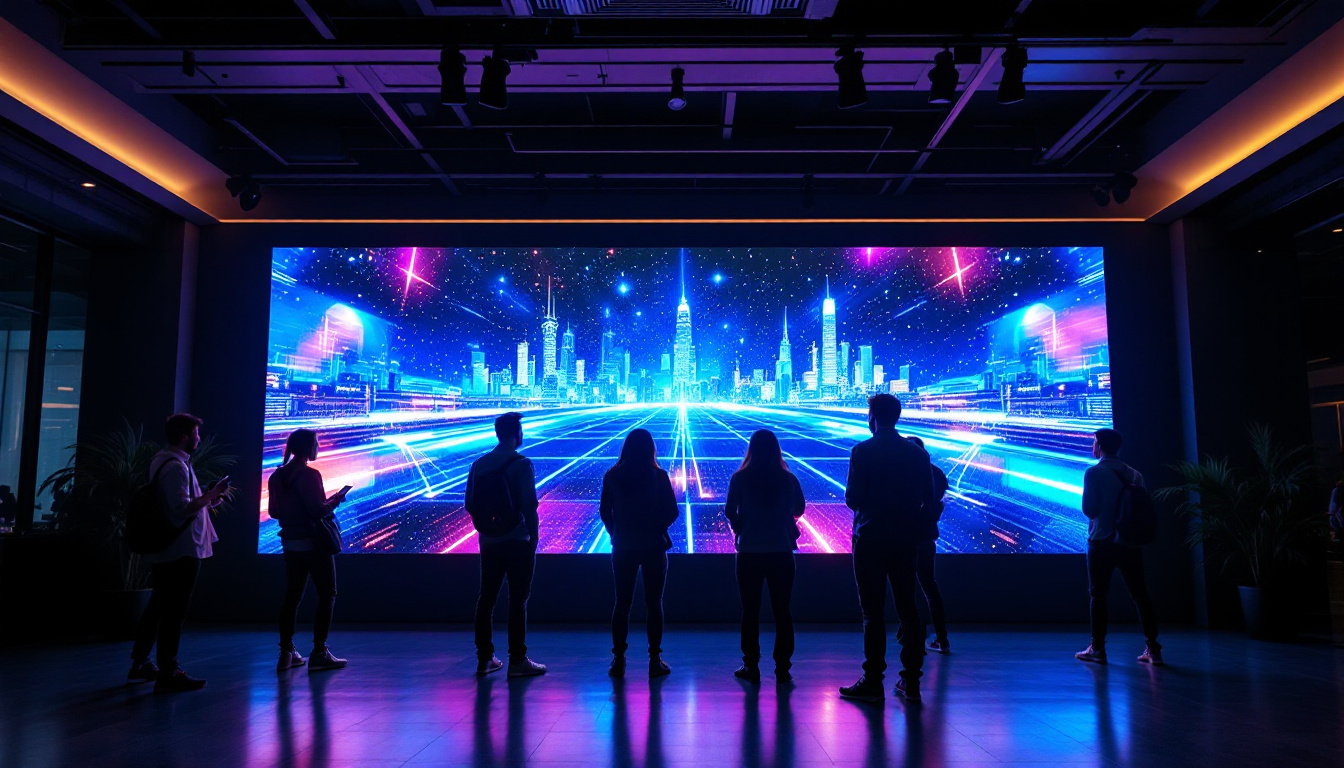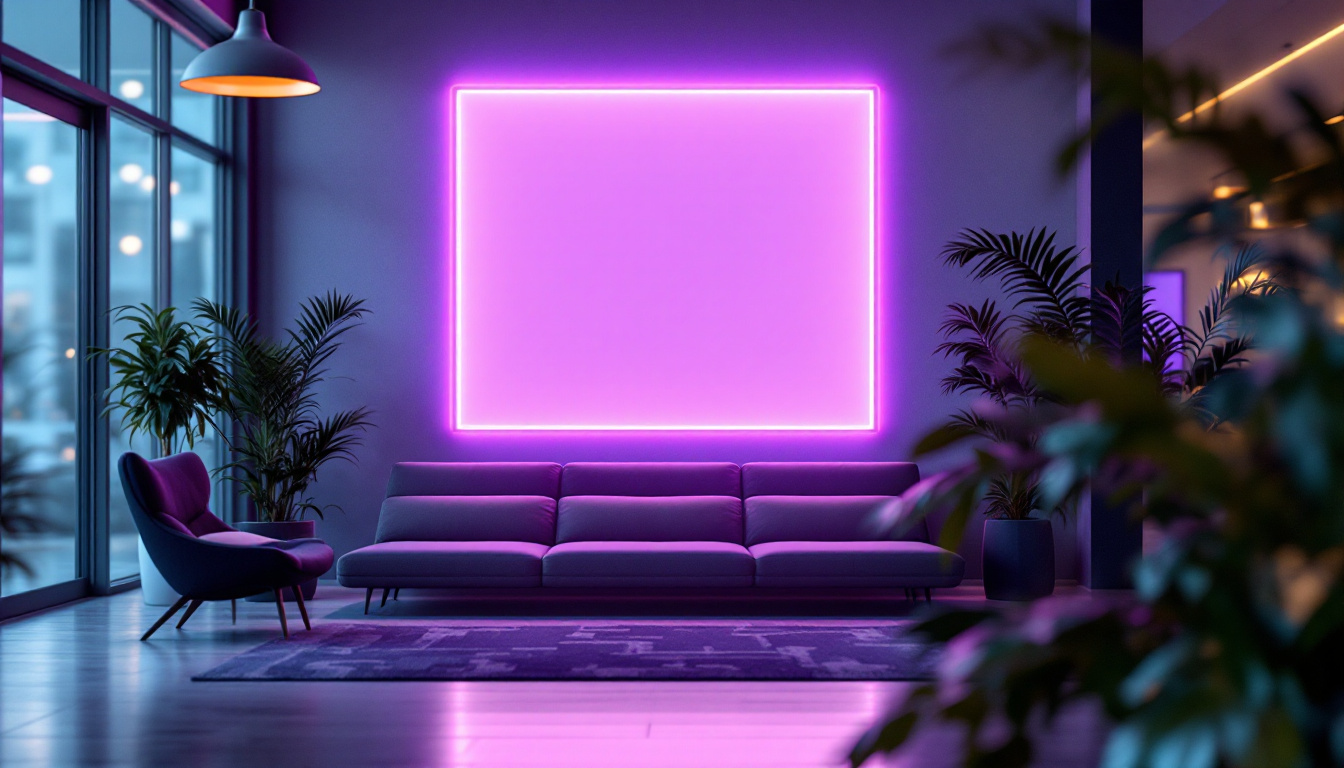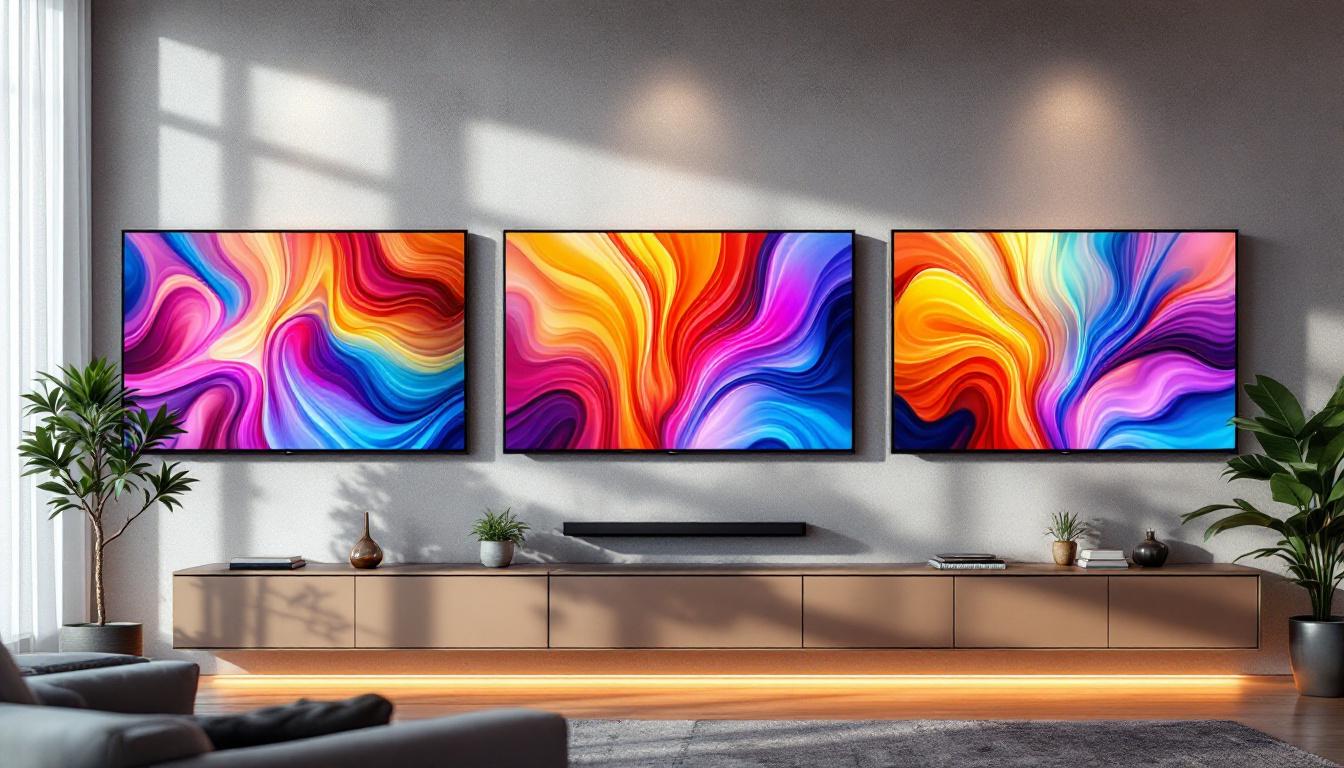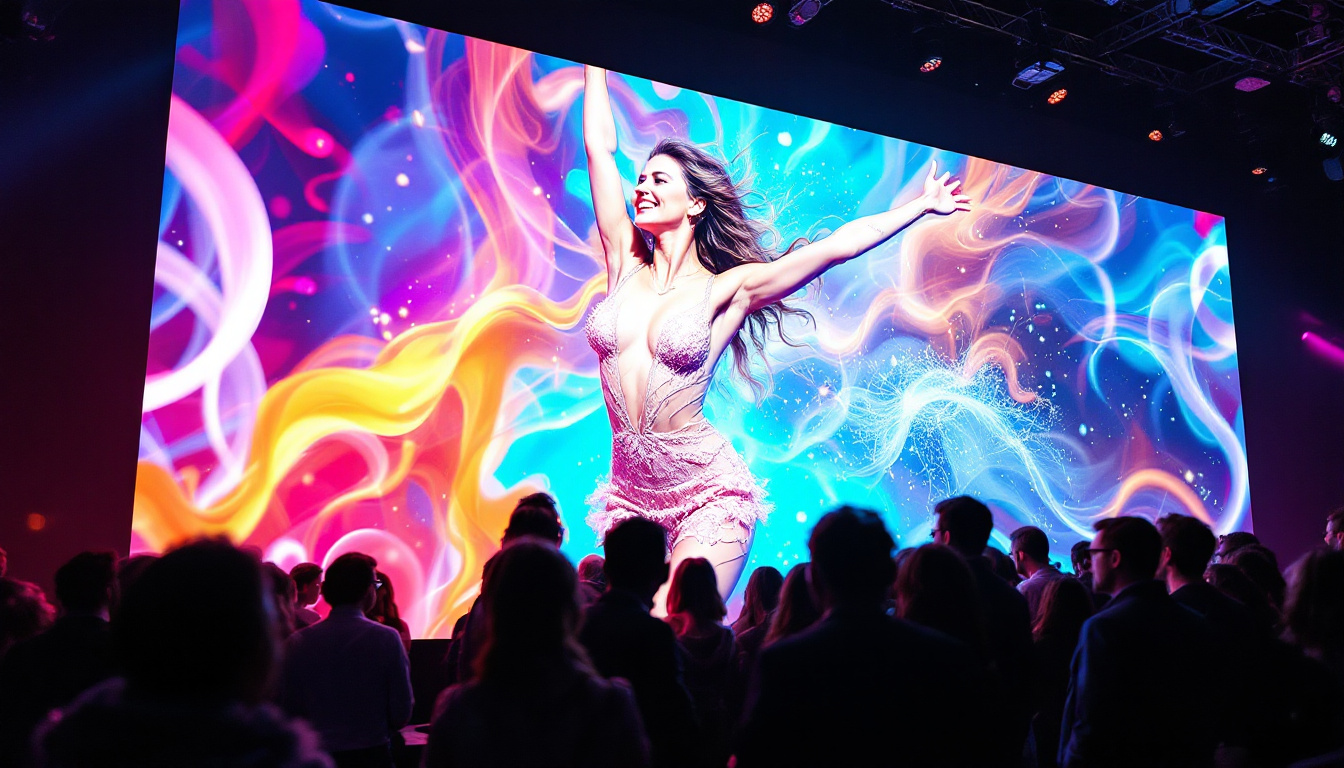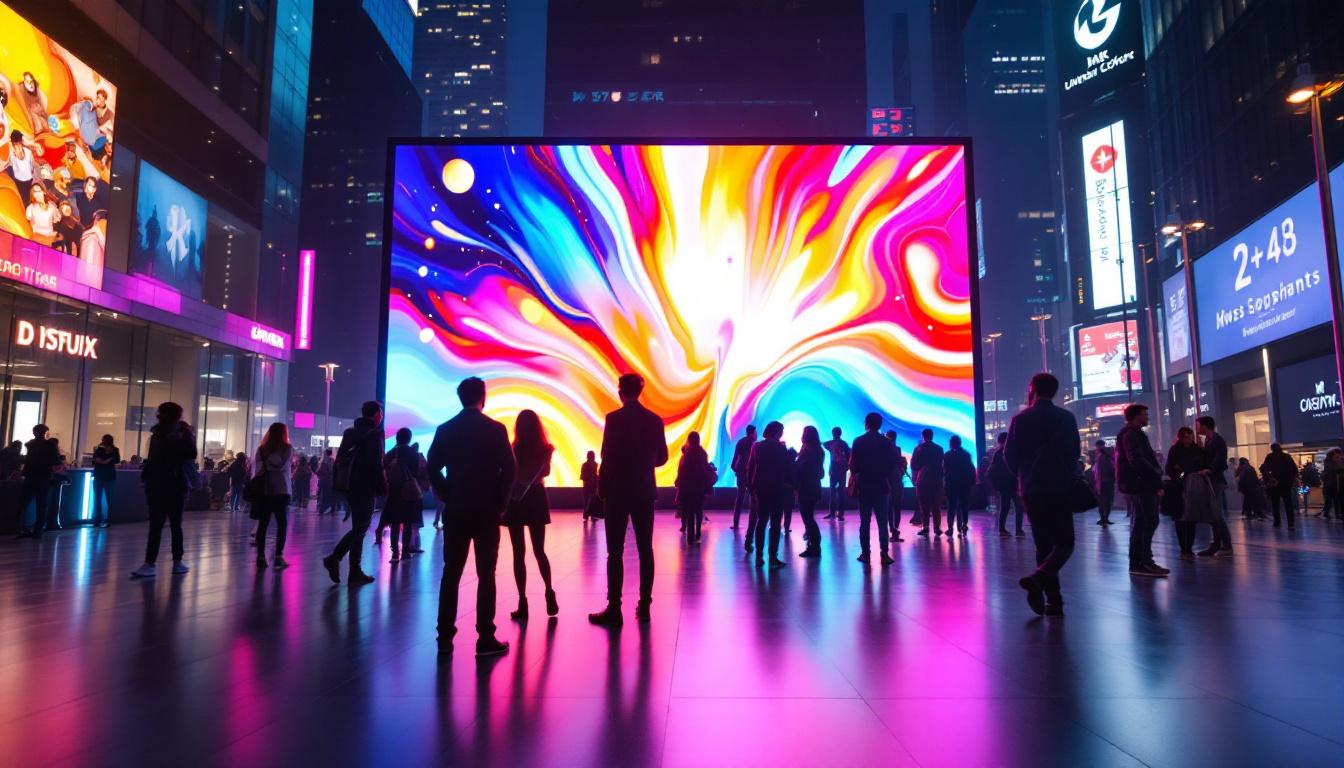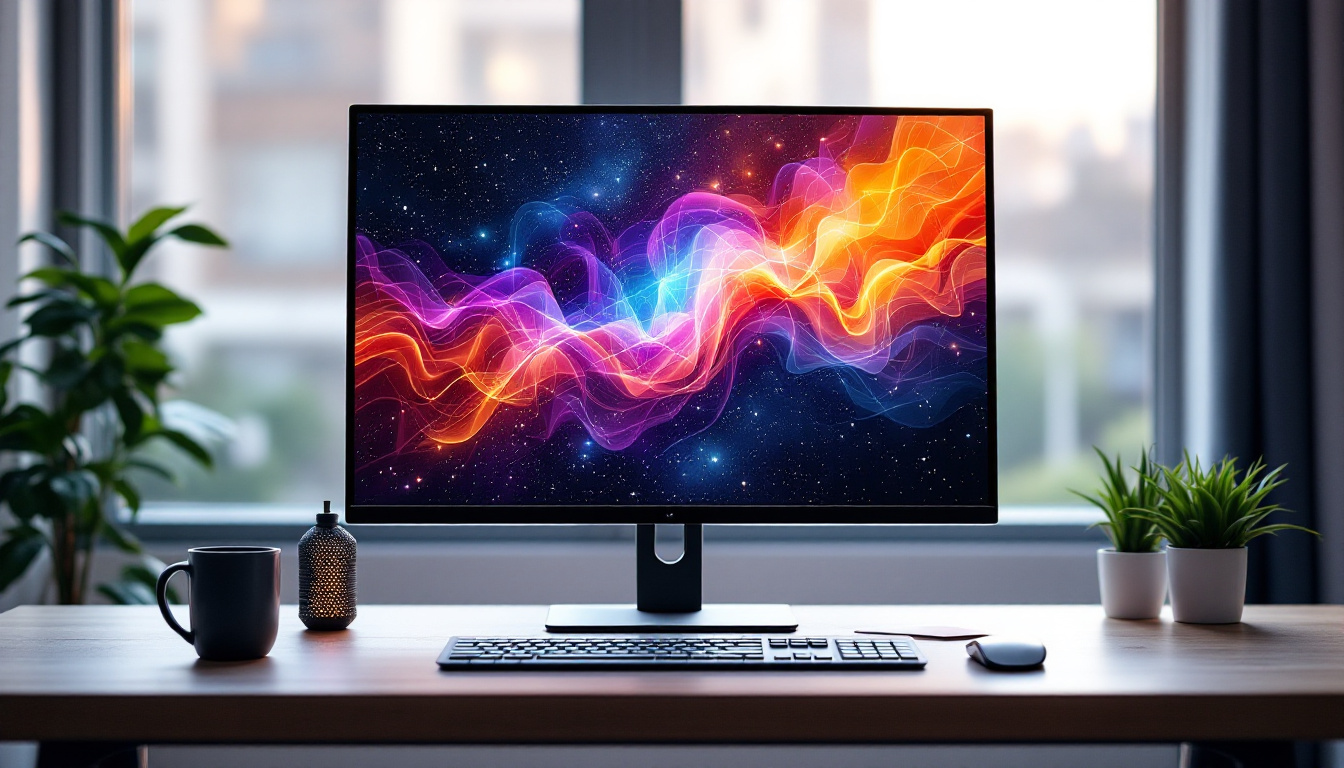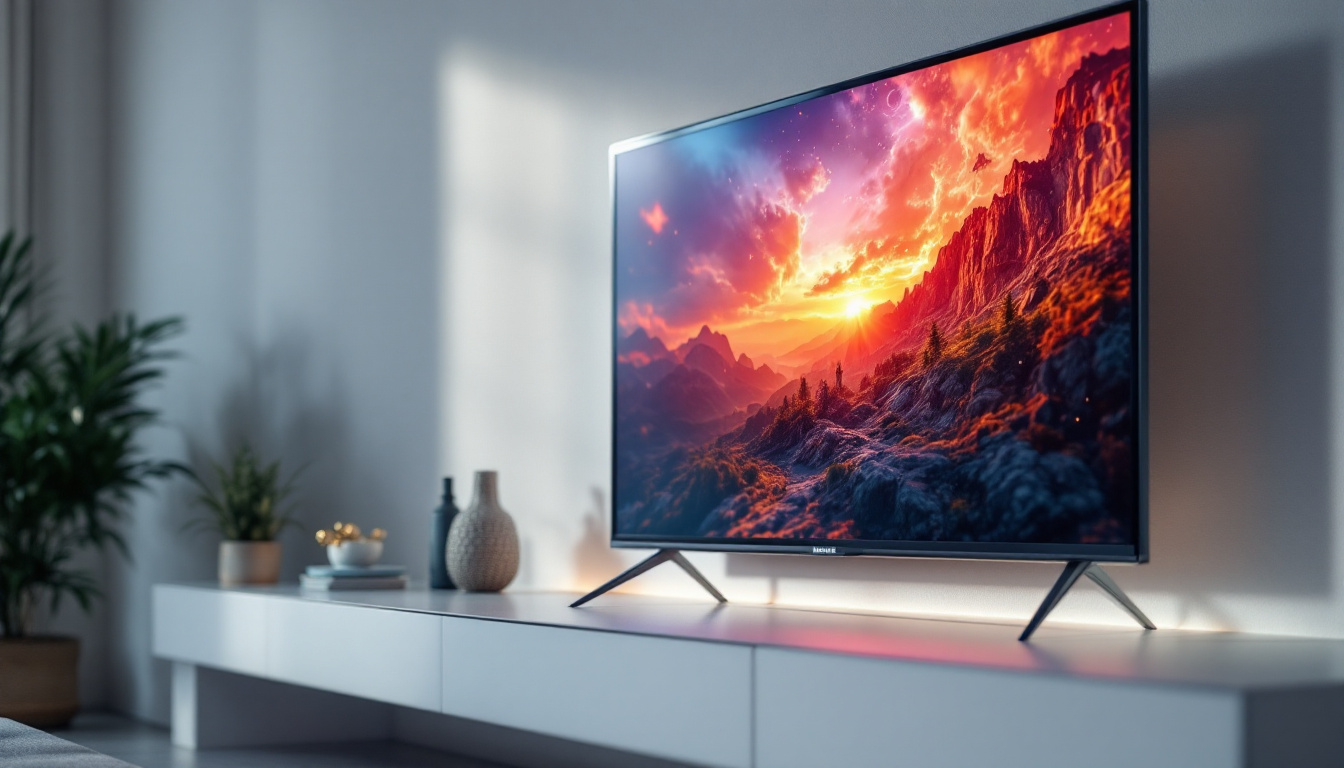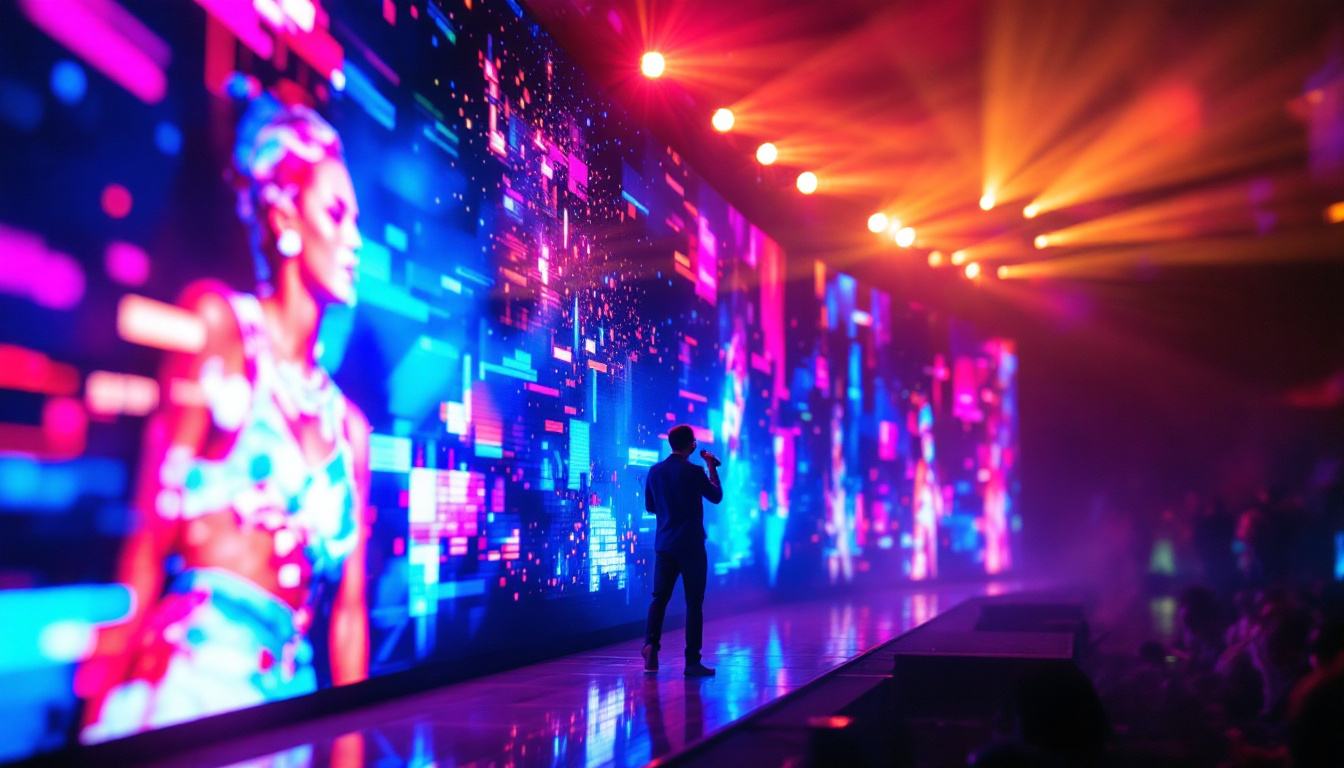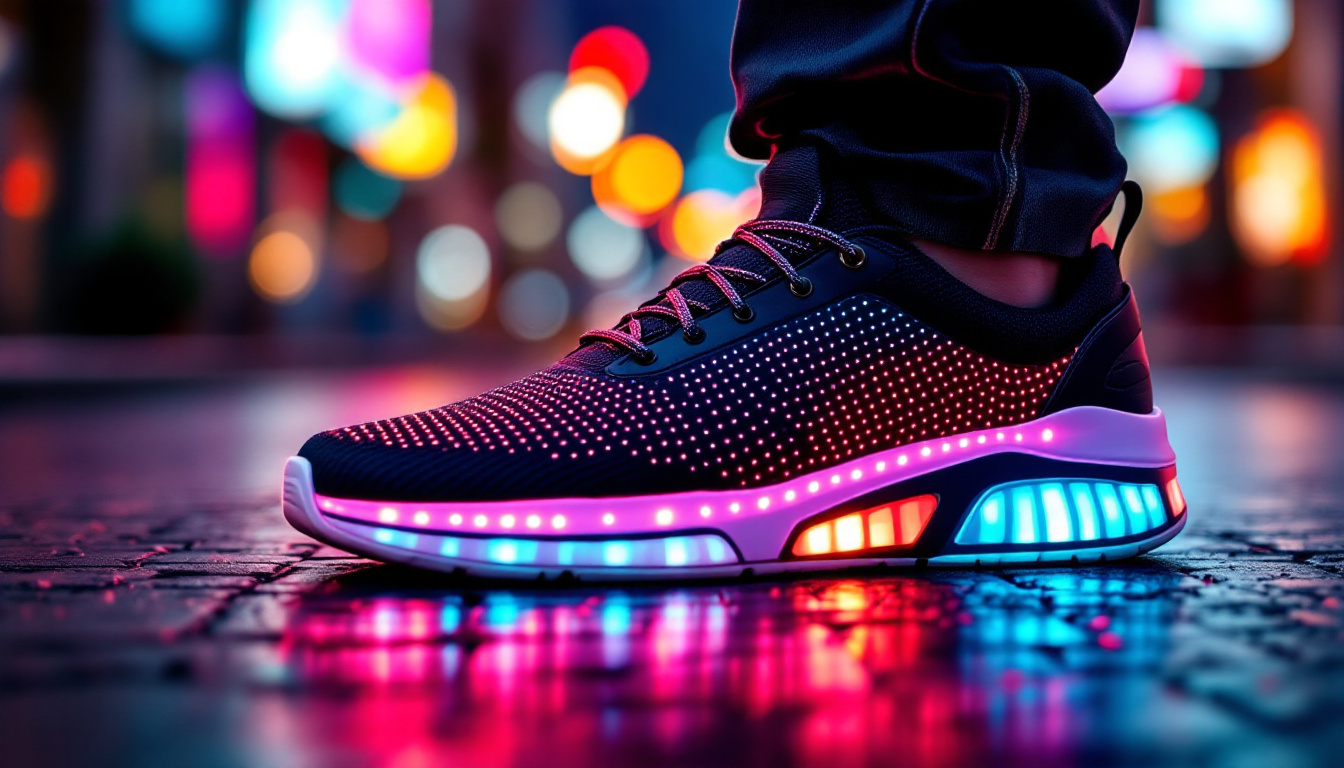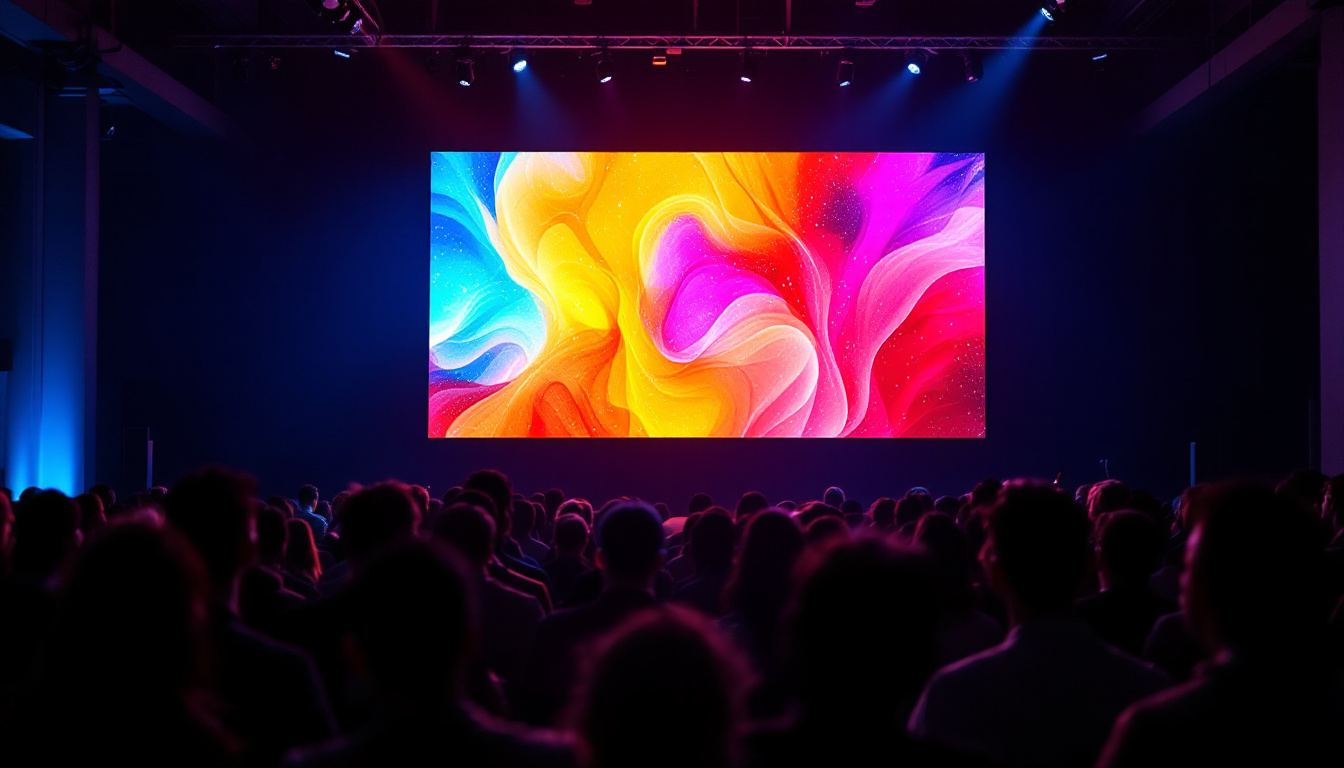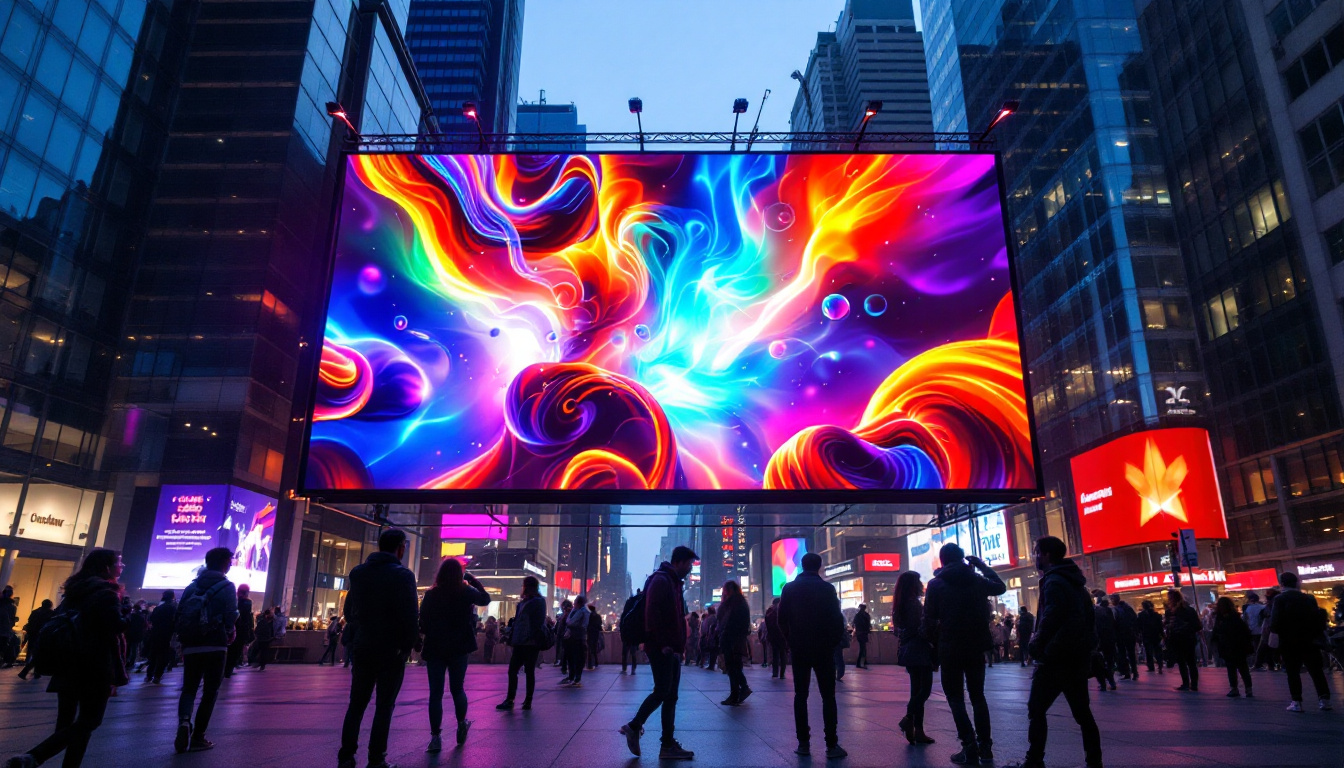In an era where visual communication is paramount, large screen LED displays have emerged as a transformative technology in various sectors. From advertising and entertainment to corporate presentations and sports events, these displays offer unparalleled brightness, clarity, and versatility. This article delves into the intricacies of LED displays, exploring their technology, applications, and advantages.
Understanding LED Technology
Light Emitting Diodes (LEDs) are semiconductor devices that emit light when an electric current passes through them. The technology has evolved significantly since its inception, leading to the development of large screen displays that utilize thousands of tiny LEDs to create vibrant images and videos. The versatility of LEDs has also paved the way for their integration into various applications beyond traditional lighting, including automotive lighting, architectural designs, and even wearable technology.
How LED Displays Work
At the core of LED displays is a matrix of individual LEDs arranged in pixels. Each pixel consists of red, green, and blue (RGB) diodes that combine to produce a full spectrum of colors. When these diodes are illuminated at varying intensities, they create images that can be seen from a distance. This color mixing is fundamental to the technology, allowing for the creation of millions of different hues and shades, which enhances the visual experience.
The process begins with a video signal being sent to the display. This signal is processed by a controller that determines how each pixel should light up. The result is a dynamic display capable of showcasing anything from static images to high-definition videos. The rapid refresh rates of LED displays ensure that motion appears smooth and fluid, making them ideal for broadcasting live events, sports, and gaming. Furthermore, advancements in LED technology have led to improved energy efficiency, allowing for brighter displays that consume less power, which is a significant consideration in both commercial and residential settings.
Types of LED Displays
LED displays can be categorized into several types based on their application and technology. The most common types include:
- Direct View LED (DVLED): These displays are made up of individual LED modules that are directly visible to the viewer. They are often used in large outdoor billboards and indoor arenas. Their high brightness and durability make them suitable for various weather conditions, ensuring that advertisements and messages remain visible even in bright sunlight.
- LED Backlit LCD: In this configuration, an LCD screen is illuminated by LED lights from behind. This type is commonly found in televisions and computer monitors. The backlighting enhances the contrast and color accuracy of the LCD, providing a better viewing experience compared to traditional fluorescent backlighting.
- Organic LED (OLED): Unlike traditional LEDs, OLEDs use organic compounds to emit light. They are known for their superior color accuracy and contrast ratios, making them popular in high-end displays. The ability of OLEDs to achieve true blacks by turning off individual pixels allows for an immersive viewing experience, particularly in dark environments.
In addition to these common types, there are also specialized LED displays designed for specific uses, such as transparent LED displays that allow for visibility through the screen, and flexible LED screens that can be bent or shaped to fit unique installations. These innovations showcase the adaptability of LED technology, making it a cornerstone of modern visual communication. As the demand for high-quality displays continues to rise, ongoing research and development in LED technology promise even more exciting advancements in the future.
Applications of Large Screen LED Displays
The versatility of large screen LED displays allows them to be utilized in a wide range of applications. Their ability to deliver high-quality visuals makes them ideal for various environments.
Advertising and Marketing
One of the most prominent uses of large screen LED displays is in advertising. Businesses leverage these displays to capture the attention of potential customers with vibrant and dynamic content. From digital billboards on busy streets to interactive displays in shopping malls, LED technology provides an engaging platform for brands to communicate their messages effectively.
Moreover, the ability to change content quickly allows advertisers to tailor their messages based on time, audience, or even weather conditions, maximizing the impact of their campaigns.
Entertainment and Events
Large screen LED displays have revolutionized the entertainment industry. Concerts, sports events, and festivals often feature massive LED screens that enhance the audience’s experience. These displays provide real-time visuals, ensuring that even attendees far from the stage can enjoy the performance.
In addition to live events, LED displays are also used in cinemas and theaters, offering stunning visuals that enhance the storytelling experience. The brightness and color accuracy of LED technology ensure that films are presented in the best possible light.
Corporate and Educational Settings
In corporate environments, large screen LED displays serve as powerful tools for presentations and meetings. They facilitate clear communication of ideas and data, making it easier for teams to collaborate. Video conferencing has also benefited from this technology, as high-quality visuals improve remote interactions.
Educational institutions are increasingly adopting LED displays in classrooms and auditoriums. These displays can showcase educational content, making learning more engaging for students. The interactive capabilities of some LED displays allow for hands-on learning experiences, fostering a dynamic educational environment.
Advantages of LED Displays
The growing popularity of large screen LED displays can be attributed to their numerous advantages over traditional display technologies. Understanding these benefits can help businesses and organizations make informed decisions about their visual communication strategies.
Brightness and Visibility
One of the standout features of LED displays is their exceptional brightness. Unlike LCDs or projectors, which can struggle in well-lit environments, LED displays maintain their visibility even in direct sunlight. This makes them ideal for outdoor applications, where visibility is crucial for capturing attention.
The high brightness levels also enhance the viewing experience in indoor settings, ensuring that content remains clear and vibrant regardless of ambient light conditions.
Energy Efficiency
LED technology is known for its energy efficiency. Compared to traditional display technologies, LED displays consume significantly less power while delivering superior brightness. This not only reduces operational costs but also minimizes the environmental impact, making LED displays a more sustainable option.
Additionally, many modern LED displays come equipped with features that allow for automatic brightness adjustment based on ambient light, further optimizing energy consumption.
Longevity and Durability
LED displays boast a long lifespan, often exceeding 100,000 hours of use. This durability is particularly advantageous for businesses that rely on continuous operation, such as advertising displays or event venues. The robust nature of LED technology also means that these displays are less prone to damage from impacts or environmental factors.
Furthermore, the low maintenance requirements of LED displays contribute to their overall cost-effectiveness. With fewer replacements and repairs needed, organizations can allocate resources more efficiently.
Challenges and Considerations
While large screen LED displays offer numerous benefits, there are also challenges and considerations that users should be aware of. Understanding these factors can help organizations make better decisions regarding their use of LED technology.
Initial Investment Costs
The initial investment in large screen LED displays can be significant. The cost of high-quality LED technology, installation, and necessary infrastructure can pose a barrier for some organizations. However, it is essential to consider the long-term savings associated with energy efficiency and reduced maintenance costs.
Organizations should conduct a thorough cost-benefit analysis to determine whether the investment aligns with their goals and budget. In many cases, the return on investment can justify the upfront costs.
Viewing Distance and Pixel Pitch
When selecting an LED display, it is crucial to consider the viewing distance and pixel pitch. Pixel pitch refers to the distance between the centers of two adjacent pixels. A smaller pixel pitch results in higher resolution and better image quality, but it also increases the cost of the display.
Organizations must assess the intended viewing distance to determine the appropriate pixel pitch for their needs. For instance, displays intended for close viewing, such as in retail environments, may require a finer pixel pitch, while those used for large outdoor billboards can utilize a coarser pitch.
Future Trends in LED Display Technology
The LED display industry is continually evolving, with new technologies and trends emerging that promise to enhance the capabilities of these displays. Staying informed about these trends can help organizations remain competitive and make the most of their visual communication strategies.
Advancements in MicroLED Technology
MicroLED technology represents a significant leap forward in display technology. This innovation involves the use of microscopic LEDs to create displays with exceptional resolution and color accuracy. MicroLED displays offer the potential for even thinner and lighter screens, making them ideal for various applications, including virtual reality and augmented reality.
As MicroLED technology matures, it is expected to become more accessible and affordable, further expanding the possibilities for large screen displays.
Integration with Smart Technologies
The integration of LED displays with smart technologies is another trend gaining traction. Smart LED displays can connect to the internet, allowing for remote content management and real-time updates. This capability is particularly beneficial for advertising, as it enables businesses to adjust their messaging based on current events or audience engagement.
Furthermore, the incorporation of artificial intelligence (AI) can enhance the interactivity of LED displays, enabling personalized content delivery based on viewer preferences and behaviors.
Conclusion
Large screen LED displays have transformed the way information is communicated across various sectors. Their vibrant visuals, energy efficiency, and versatility make them an invaluable asset for businesses, educators, and entertainers alike. As technology continues to advance, the potential applications and benefits of LED displays will only expand, paving the way for innovative solutions in visual communication.
Understanding the intricacies of LED technology, its applications, and the challenges involved can empower organizations to make informed decisions regarding their visual strategies. Embracing this technology not only enhances engagement but also positions organizations at the forefront of modern communication.
Discover LumenMatrix’s Innovative LED Display Solutions
Ready to elevate your visual communication strategy with the latest in LED display technology? Look no further than LumenMatrix, where innovation meets excellence. Our diverse range of LED display solutions, including Indoor and Outdoor LED Wall Displays, Vehicle LED Displays, LED Poster Displays, LED Sports Displays, Floor LED Displays, Custom LED Displays, All-in-One LED Displays, and LED Transparent Displays, are designed to captivate your audience and amplify your message. Experience the future of vibrant and energy-efficient visual storytelling. Check out LumenMatrix LED Display Solutions today and transform the way you connect with the world.

